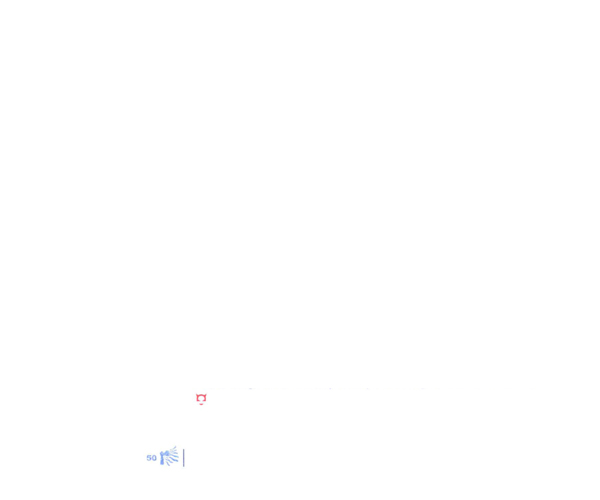
Through her work with farm families and migrant workers during the Great Depression,
photographer Dorothea Lange was familiar with images of displacement. But, when she was
hired by the War Relocation Authority to document life in Japanese neighborhoods, processing
centers, and camp facilities, the racial and civil rights issues added a new dimension. “What was
horrifying was to do this thing completely on the basis of what blood may be coursing through a
person's veins, nothing else. Nothing to do with your affiliations or friendships or associations. Just
blood,” Lange said. As the Library of Congress wrote, “Lange quickly found herself at odds with
her employer and her subjects' persecutors, the United States government.”
“Lange's attempts to use her camera to expose the social impact of the mass incarcerations came
into conflict with the authorities,” says journalist Richard Phillips. “She was regarded with
suspicion by the military, and even called before the War Relocation Authority on two occasions
for alleged misuse of her photographs. The Wartime Civil Control Agency impounded most of her
internment photographs, refusing to release them until after the war.”
True to her belief that the camera could teach people “how to see without a camera,” Lange
created images of human dignity and courage in the face of vast injustice. But it wouldn't be until
seven years after her death that her work would reach a wide audience. The Whitney Museum
incorporated twenty-seven of Lange's Japanese internment camp images into an exhibit called
”Executive Order 9066.” New York Times critic A.D. Coleman subsequently called Lange's
photographs “documents of such a high order that they convey the feelings of the victims as well
as the facts of the crime.”
photographer Dorothea Lange was familiar with images of displacement. But, when she was
hired by the War Relocation Authority to document life in Japanese neighborhoods, processing
centers, and camp facilities, the racial and civil rights issues added a new dimension. “What was
horrifying was to do this thing completely on the basis of what blood may be coursing through a
person's veins, nothing else. Nothing to do with your affiliations or friendships or associations. Just
blood,” Lange said. As the Library of Congress wrote, “Lange quickly found herself at odds with
her employer and her subjects' persecutors, the United States government.”
“Lange's attempts to use her camera to expose the social impact of the mass incarcerations came
into conflict with the authorities,” says journalist Richard Phillips. “She was regarded with
suspicion by the military, and even called before the War Relocation Authority on two occasions
for alleged misuse of her photographs. The Wartime Civil Control Agency impounded most of her
internment photographs, refusing to release them until after the war.”
True to her belief that the camera could teach people “how to see without a camera,” Lange
created images of human dignity and courage in the face of vast injustice. But it wouldn't be until
seven years after her death that her work would reach a wide audience. The Whitney Museum
incorporated twenty-seven of Lange's Japanese internment camp images into an exhibit called
”Executive Order 9066.” New York Times critic A.D. Coleman subsequently called Lange's
photographs “documents of such a high order that they convey the feelings of the victims as well
as the facts of the crime.”
66